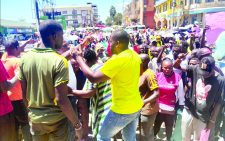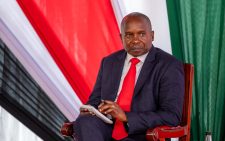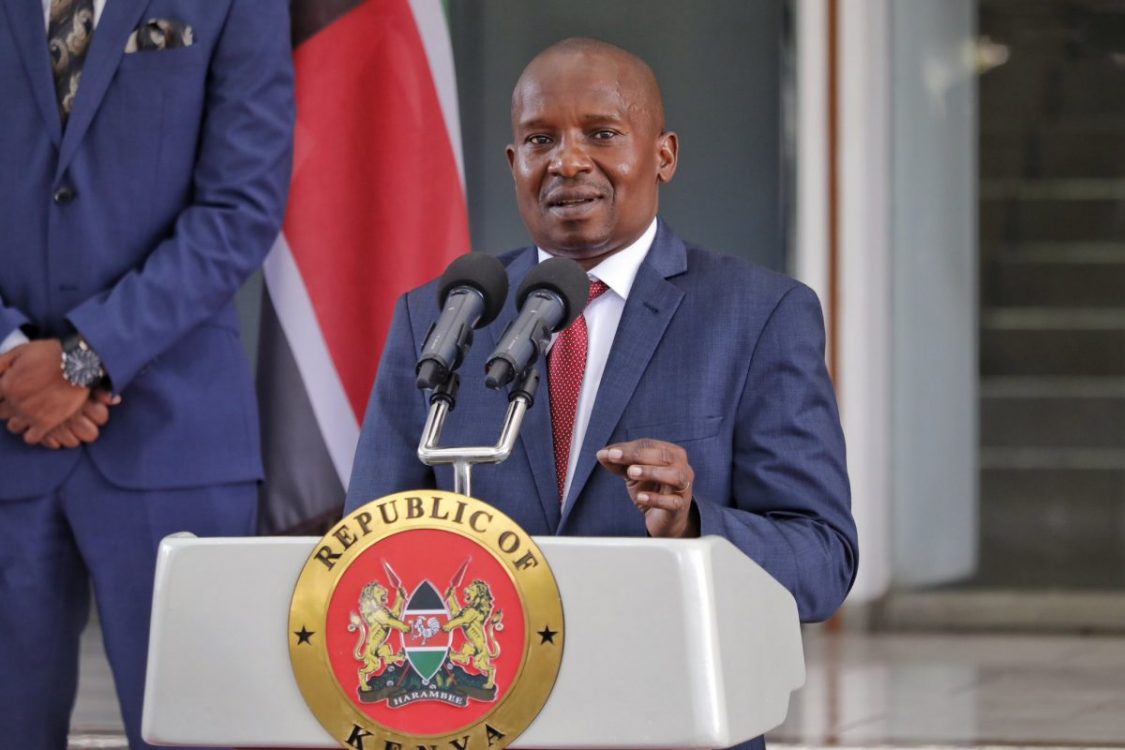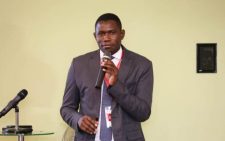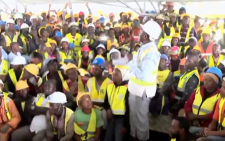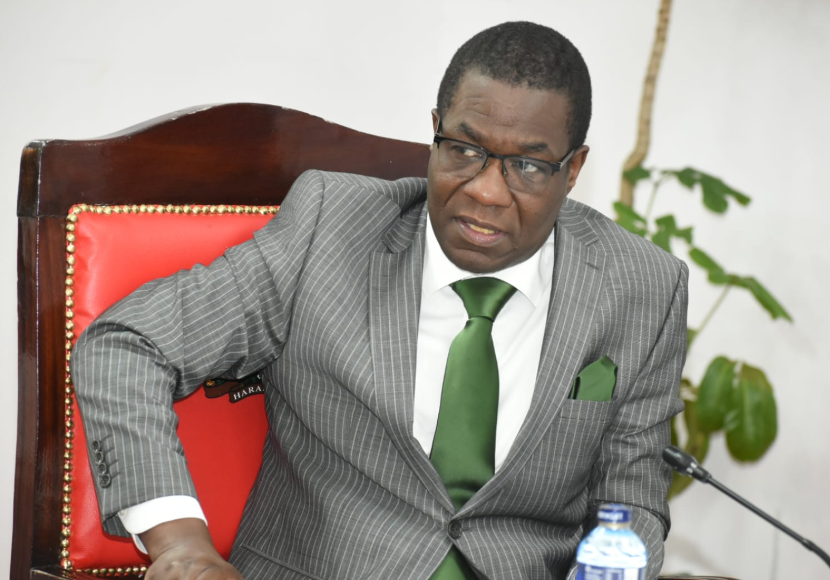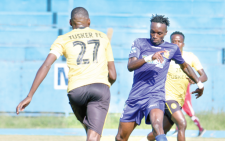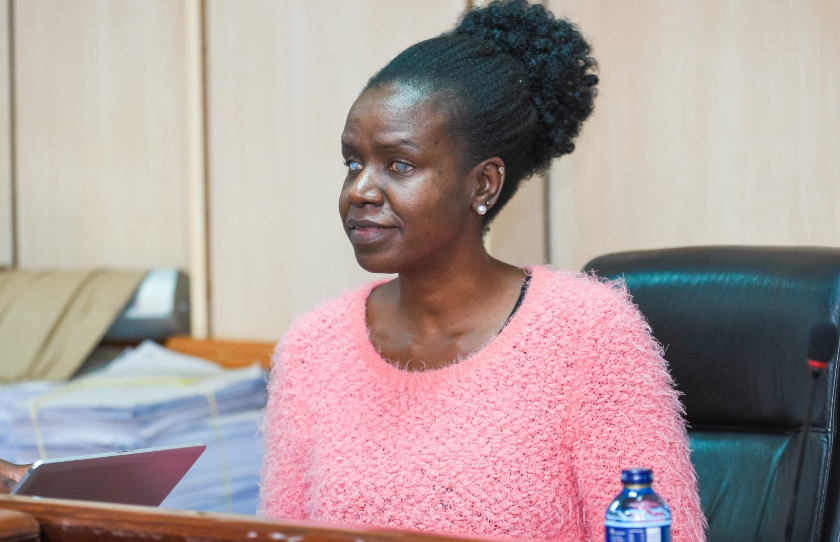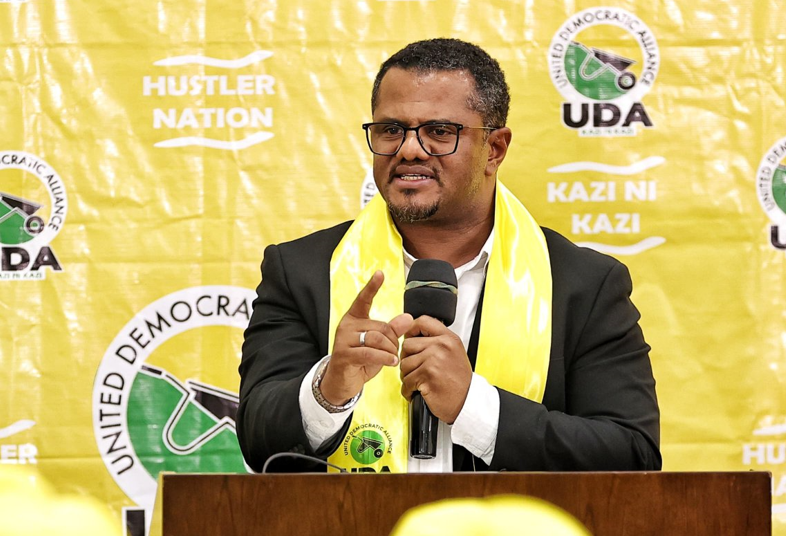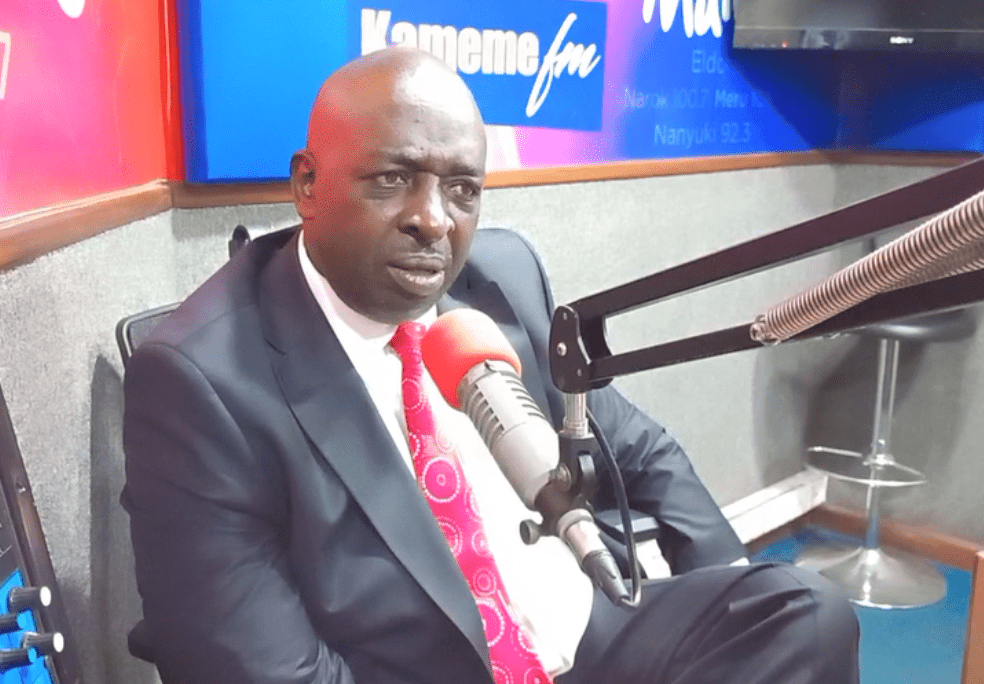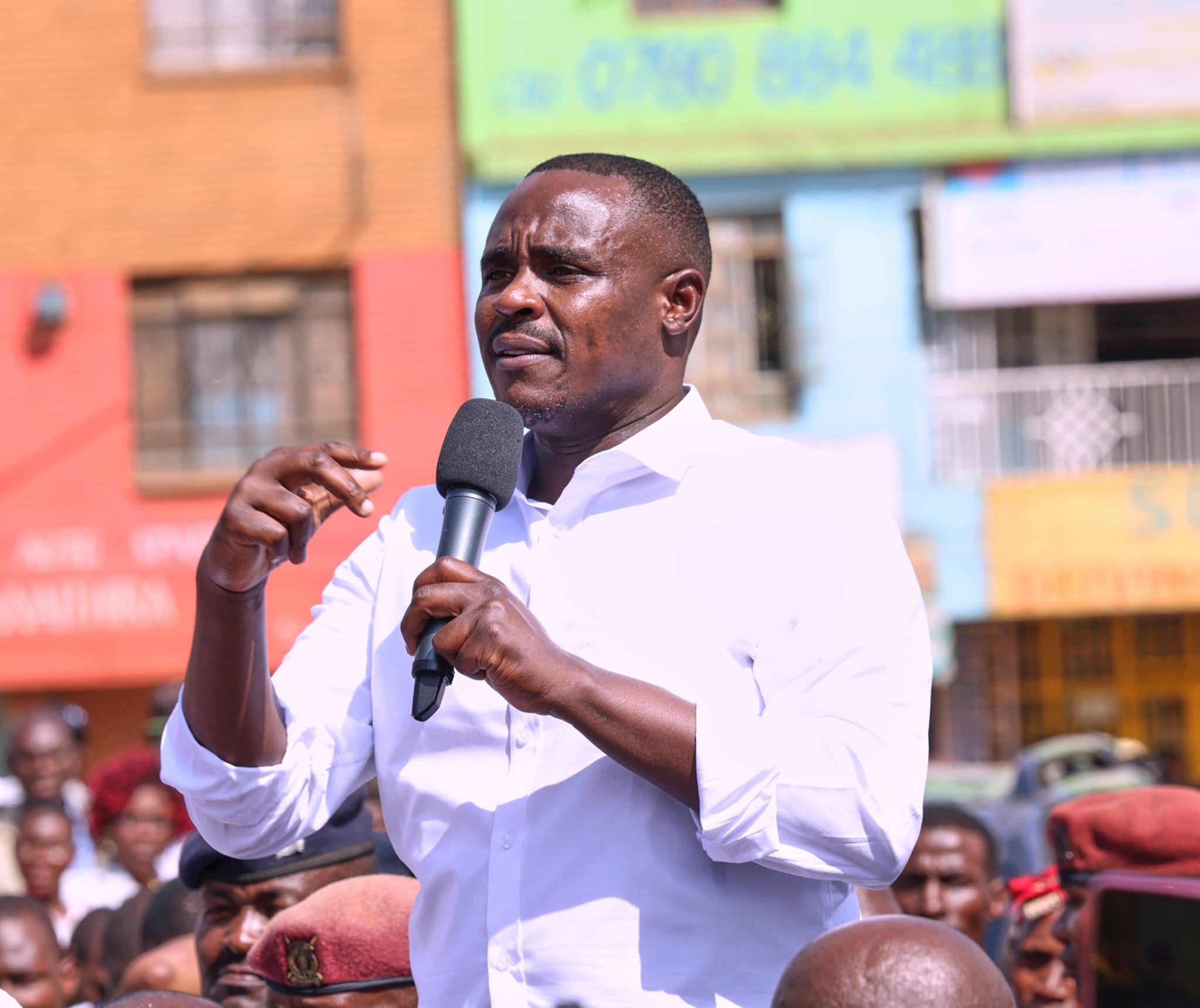Darkest night of Kibaki’s rule began with MoU feud
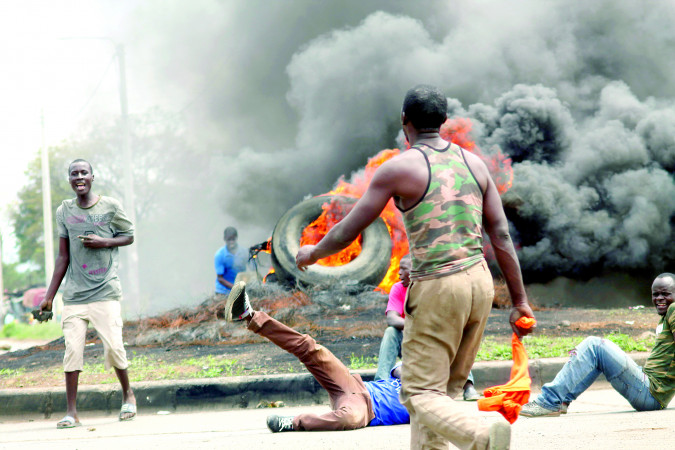
With Kanu out, Kibaki represented the hopes of an expectant nation. His first Cabinet was a mix of intellect, political savvy and unparalleled public service records.
But the tectonic plates of politics do not stay still for long. They keep rumbling and shifting, and sometimes they cause serious disturbances.
Kibaki’s first term was not immune to these disturbances. He had barely settled in before Kenyans got to know of the existence of a memorandum of understanding that the National Rainbow Coalition (Narc) affiliate parties had signed prior to the election and which they wanted honouring. There were murmurs and loud complaints that what the new President had read out as his Cabinet was not what had been agreed on.
While the noise continued, fissures started appearing in the Cabinet and there were doubts that the formidable Narc could hold for long. To make matters worse, Kibaki would lose his Vice President Kijana Wamalwa just a few months into office. The two had worked well in the run-up to the election and in the few months, they were in office together.
Earlier, the new government had lost two Cabinet ministers Ahmed Khalif and Geoffrey Parpai in a helicopter accident.
As the grumbling raged, the government desperately tried to get down to work. But the Liberal Democratic Party, a Narc affiliate, teamed up with Kanu to frustrate government business in Parliament.
Some disgruntled politicians in government started inciting their followers against the President. But Kibaki’s legendary calm was on display. He ignored the noise.
Free education
In his very early days as President, Kibaki unveiled the Economic Recovery Strategy for Wealth and Employment Creation.
As a result, the gross domestic product expanded by 5.8 per cent in 2003 compared to 0.4 per cent at the time he became President.
He also launched the Vision 2030 economic blueprint aimed at reaching a GDP growth of 10 per cent annually and transforming Kenya into a middle-income economy by 2030.
Perhaps one of his most ambitious projects was the launch of the Free Primary Education programme.
His feathers would be ruffled again in 2005, when a referendum he was championing to change the Constitution was defeated. The referendum split the Cabinet down the middle, with a section of ministers backing the “No” side of the plebiscite.
When the government lost the vote, many saw it as a referendum on the presidency and again wondered how the President would manage the remaining two years of his first term. He responded by sacking ministers who had gone against the government on the vote.
Million-vote gap
It was a bold move given the fact that many of those on the “No” side of the divide were the very senior political figures who had fought tooth and nail with him to oust Kanu in 2002.
The reorganisation of the first Cabinet set off campaigns for the next General Election. The Orange Democratic Movement (ODM) party was born and would become one of the most ferocious gadflies on the face of the government.
Resilience and determination once again triumphed in 2007, when Kibaki won the election. It was fiercely contested and ended in the worst bloodletting in the history of the country.
This was no doubt one of Kibaki’s most harrowing moments. One of the insights into what was going on in State House on the election night of 2007 comes from Kibaki’s Head of Civil Service and Secretary to the Cabinet Francis Muthaura.
In Mwai Kibaki: 50 Years of National Service, a book published just before Kibaki left office in 2013, Muthaura paints the picture of a man who held steady even as the election results of the night were trickling in and showing that he was likely to lose the election to Raila Odinga. It was a lonely night, with just the two of them at State House as they watched in astonishment as Raila opened a one million-votes gap against Kibaki. As the gap continued to widen, Kibaki kept his cool. His supporters were on tenterhooks and Opposition supporters were in a state of heightened expectations.
For Kibaki, everything looked like it was headed south. He would be a one-term President.
“The gap of one million votes was worrying,” he narrates. “I started counselling Kibaki to see whether I could offer him some help. I told him that this was like a repeat of 2005 and that people just ganged up against Mount Kenya region. I told him that his record of performance as President in infrastructural development was all there to be seen. Kibaki did not speak much. He just told me: “There is everything to show.”
Contested victory
As the excitement grew, what had not dawned on the supporters of both sides was that the votes from the PNU strongholds had not started coming in and that nearly all votes from the ODM side were in. And when the results from PNU areas started coming in, the tables were turned. But the nation was already in a state of agitation and the Opposition was preparing the ground for a rejection of the results.
Kibaki believed that the media was critical in stabilising the nation and he instructed Muthaura to go and talk to senior editors and media owners in an effort to bring down the political temperatures in the country. The overnight recount at the Kenyatta International Conference Centre, which all parties had agreed to abide by, yielded a PNU win and the Electoral Commission of Kenya pronounced Kibaki the winner.
According to Muthaura, Kibaki had been prepared to accept defeat.
Soon after being sworn in, he could not name a Cabinet for a whole week. The pressure on him was enormous and the crisis in the country was worsening. Muthaura revealed that even as all this was going on, Kibaki did not panic. He heeded advice to form a skeleton Cabinet.
“One thing he knew was that the security of the country was intact… at no time was the Kenyan nation under threat.”
—Story courtesy of the Kenya Yearbook Editorial Board
